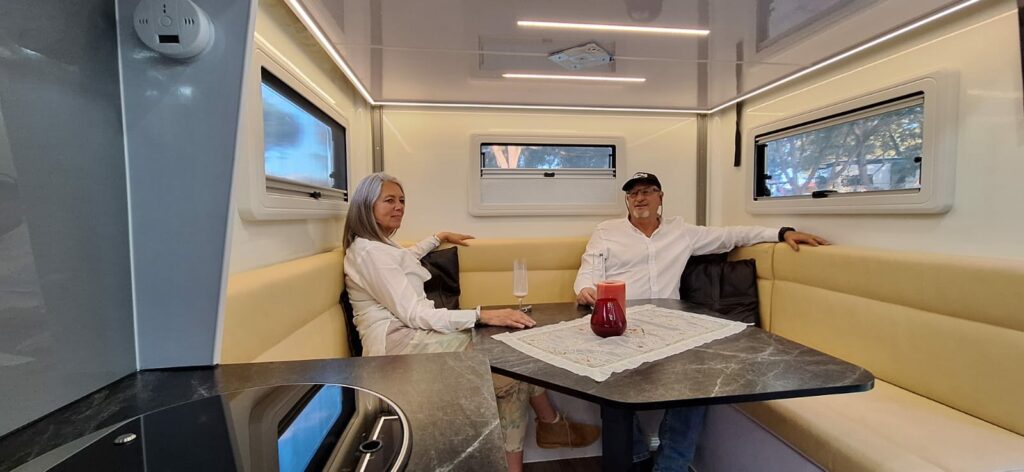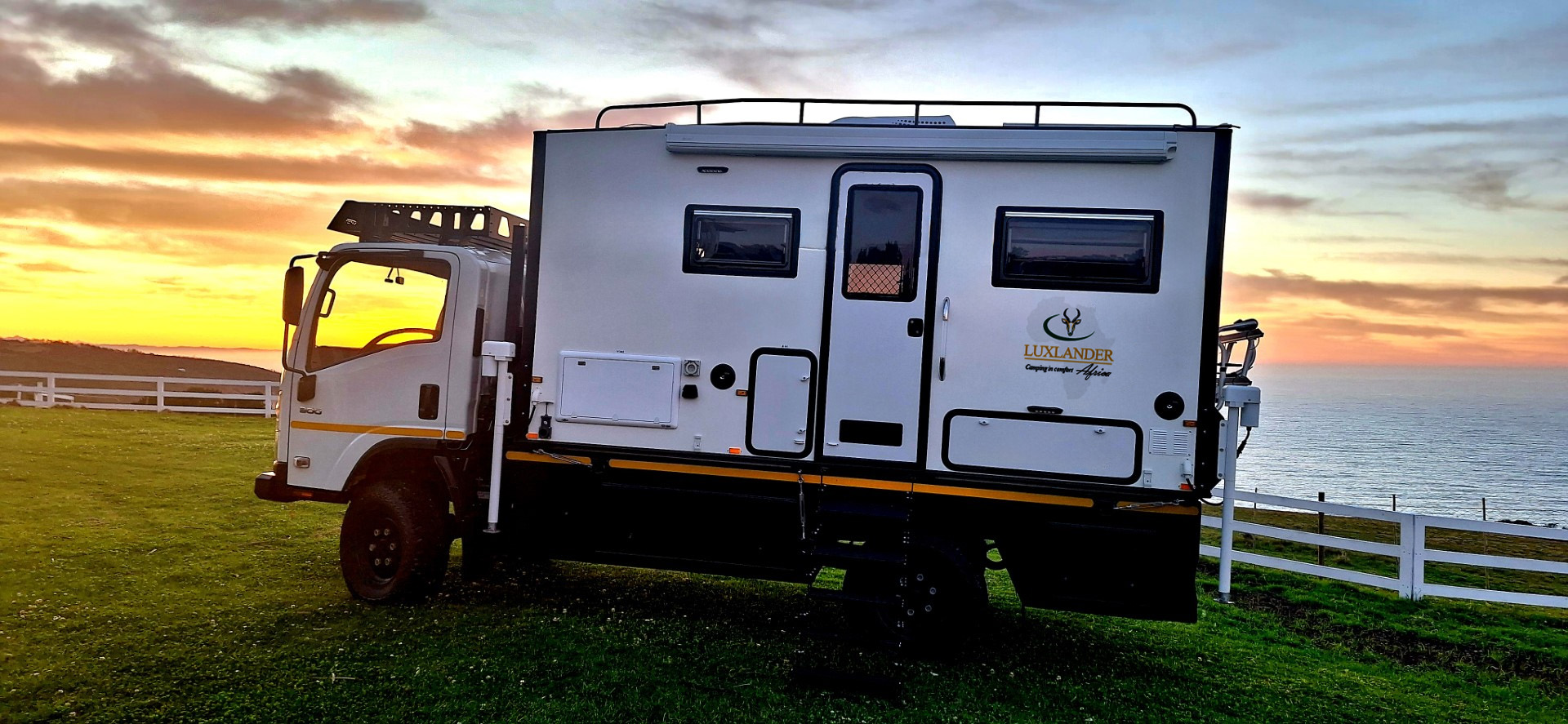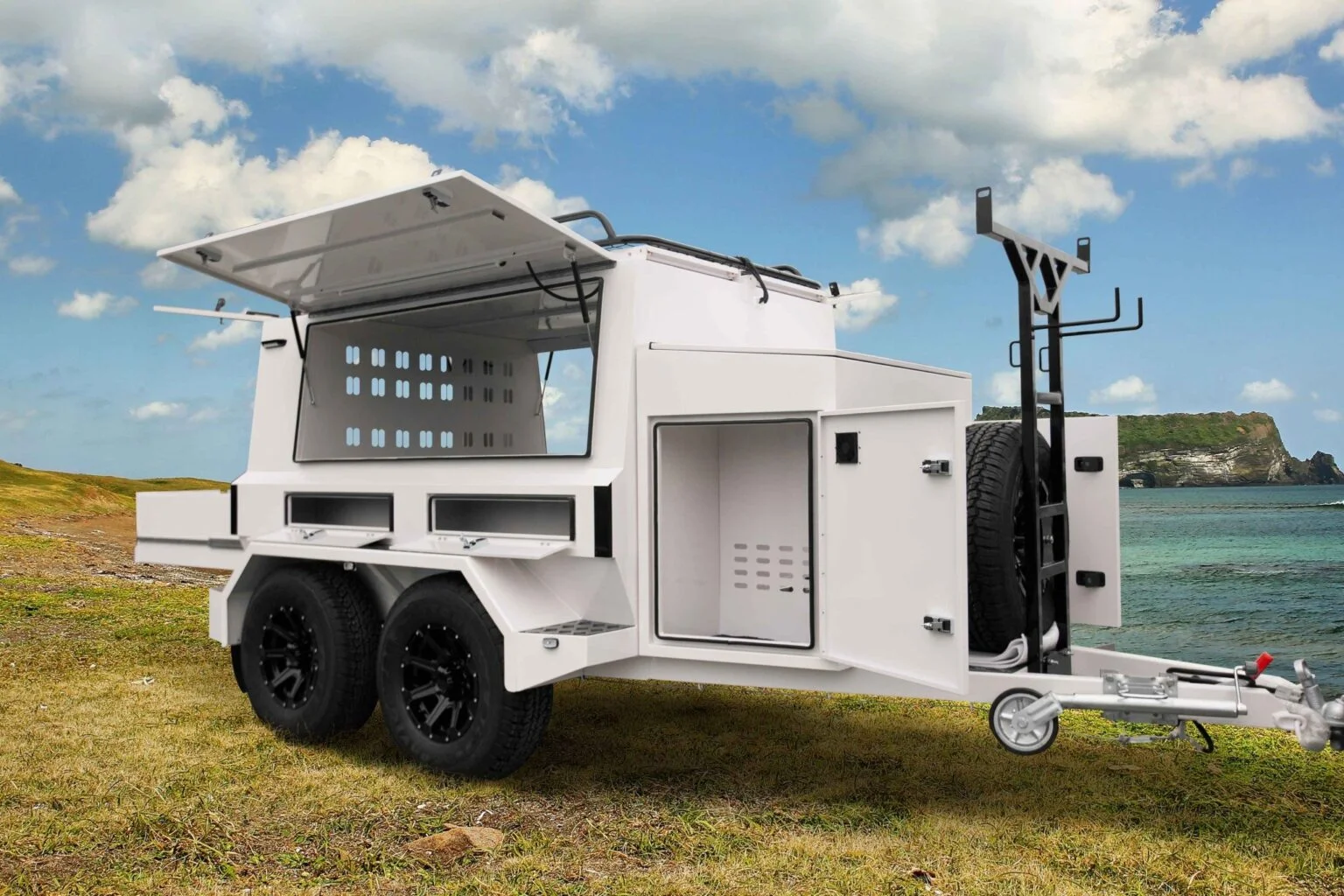There’s a growing fascination with campers and recreational vehicles (RVs) as people seek an escape from the indoors to immerse themselves in the great outdoors. Boondocking, also known as dry camping or wild camping, offers an opportunity to fully utilize these vehicles while enjoying nature. In this article, we delve into the various aspects of boondocking, answering key questions and providing insights for those considering this adventurous lifestyle.

What is Boondocking?
Boondocking involves camping in remote, undeveloped areas without amenities like electricity, water, or sewer hookups. Popular on public lands such as Bureau of Land Management (BLM) areas and national forests, it caters to outdoor enthusiasts seeking solitude and a break from urban life. Self-sufficiency is crucial, requiring campers to bring their own essentials and preserve the natural environment.
Types of Boondocking:
Boondocking comes in different forms: overnight stays, developed campgrounds without hookups, and undeveloped campsites.
Overnight Stay:
- Wall Docking: Stopping in a parking lot, planned or forced by conditions.
- Mooch Docking: Parking in someone’s driveway, potentially gaining access to water and power.
Developed Campground Without Hookups:
- Public or private campgrounds designed for boondocking but lack facilities.
Undeveloped Campsite:
- Camping on primitive grounds with no services or hookups.
Places that Allow Free Overnight Parking:
Certain locations like Walmart, casinos, truck stops, and rest stops may permit free overnight stays. However, adherence to rules and permissions is crucial. Friends’ and relatives’ homes can also offer safe and convenient options for a night’s rest.
Reasons for Boondocking:
People opt for boondocking for various reasons, including cost savings, access to unique views, proximity to travel routes, and the flexibility it offers. Other motivations include seclusion and solitude.
Disadvantages of Boondocking:
Boondocking often means limited services, potential legal issues with overnight parking, and the risk of disruptive behavior in some areas.
Safety Considerations:
While safety concerns may arise in unfamiliar areas, boondocking away from urban centers can be safer. Awareness of wildlife and weather conditions is crucial, and campers are advised to take necessary precautions.
‘Leave No Trace’ Principle:
The Leave No Trace Center for Outdoor Ethics outlines seven principles for responsible boondocking, emphasizing minimal environmental impact and respectful interactions with nature.
Boondocking Essentials:
Essentials include garbage bags, water, permits (if required), camp chairs, a table, toilet paper, shovel, food storage containers, a shade structure, portable fire pit, water filtration system, tire traction tracks, and a first aid kit.
Choosing the Right Camper:
Considerations when selecting an RV or camper include design, tank sizes, bathroom facilities, LED lighting efficiency, and storage capacity.
Boondocking offers a unique way to connect with nature and embrace a simpler, adventurous lifestyle. By understanding the essentials and following responsible practices, enthusiasts can make the most of their boondocking experiences.





